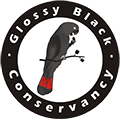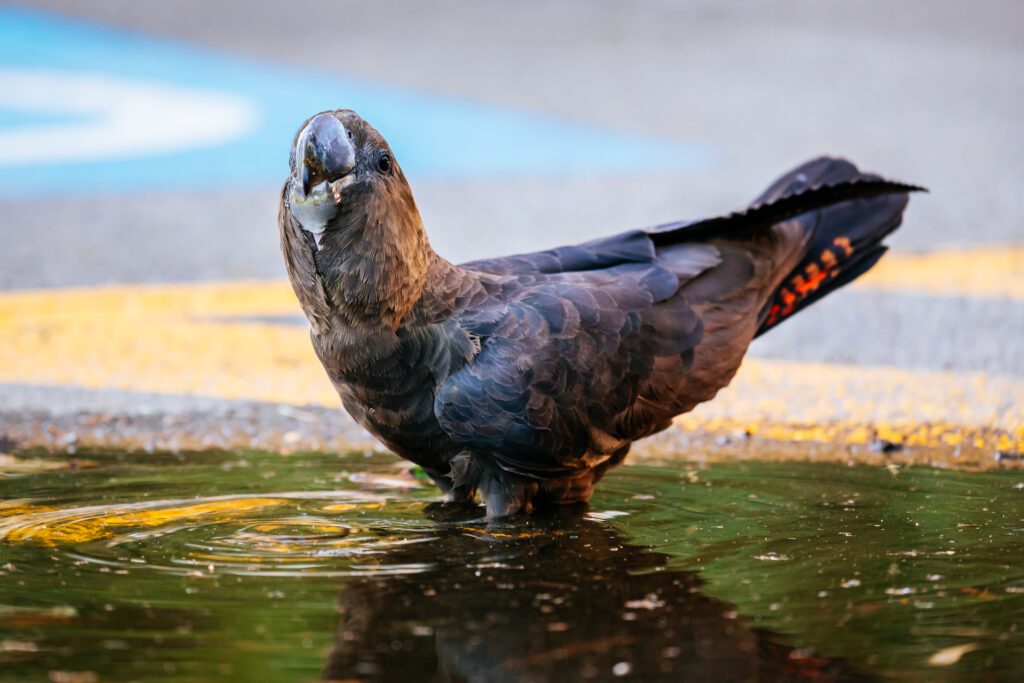Australia’s Minister for Environment and Water has this week listed the South-eastern Glossy-Black Cockatoo under national environmental law.
Listing a species under federal environmental law can provide it with the support of a recovery plan or conservation advice, funding and support to bounce back.
This listing is supported by a commitment of more than $200 million to help arrest species decline and restore populations of endangered plants and animals.
Minister Tanya Plibersek has accepted the Threatened Species Scientific Committee’s recommendation to list the South-eastern Glossy Black-Cockatoo as vulnerable on the threatened species list under the Environment Protection and Biodiversity Conservation Act 1999 (EPBC Act).
The species was severely impacted by the 2019-2020 Black Summer bushfires and prioritised for listing assessment in the wake of the fires.
A comprehensive statutory Conservation Advice is now in place to guide the bird’s protection and conservation.
A national Recovery Plan for the South-eastern Glossy Black-Cockatoo will also be developed to further facilitate conservation action across its national range and to coordinate management across multiple jurisdictions and diverse stakeholder groups, including First Nations people and communities.
The Australian Government is investing more than $1 million in projects benefitting the South-eastern Glossy Black-Cockatoo through on ground actions including citizen science surveys and coordinating cross-jurisdictional monitoring, nest box installation, and revegetation and protection of the Black She‑oak, which is their main source of food and habitat.
“The damage caused by the Black Summer bushfires is still being felt today and can be seen reflected in these listings today,” Minister Plibersek said.
“The Australian Government has committed to establishing the Saving Native Species Program that will boost protection for many threatened species like these, combat invasive species, and strengthen conservation planning required under national environmental law.
“We are working closely with experts and community groups to help prevent species decline and restore populations of endangered plants and animals.
“These listings will ensure the prioritisation of recovery actions to protect both species and offer conservation guidance on a national scale.”
Feature image courtesy of Andrew Peacock | Footloose Fotography


No level of local government ( Logan City Council or Beaudesert Shire Council) , Qld govt or Federal government made any effort to protect 370 acres of glossy black cockatoo habitat south of Crowson Lane at North Maclean in Greater Flagstone PDA in Logan city council in SE QLD. This 370 acre property at 4499 – 4651 Mt Lindesay Highway had photographic records of glossy black cockatoos feeding from allocasuarina trees and chewed orts below trees. The clearing of this 370 acre property began in late July 2022 and has continued until October 2022 and is still ongoing. The clearing is for the North Maclean Industrial Area ( part of Greater Flagstone PDA – a satellite city for 120 000+ population in a rural and rural-residential area south of Brisbane. The clearing and development was approved under Economic Development Queensland approval DEV2018/961 and Federal government EPBC 2013/6941. For more than 17 years the community of North Maclean and Munruben have fought this clearing and Industrial area ( which is planned to be an eventual 900 – 1100 acres in size if adjacent properties are approved , cleared and deeveloped). The community continues to fight this. the latest EPBC Referral is EPBC2022/09304 for 4653 – 4691 Mt Lindesay Highway – PUBLIC COMMENTS CLOSE 20 October 2022. Information can be found and comments can be lodged online at epbcpublicportal.awe.gov.au/open-for-comments/